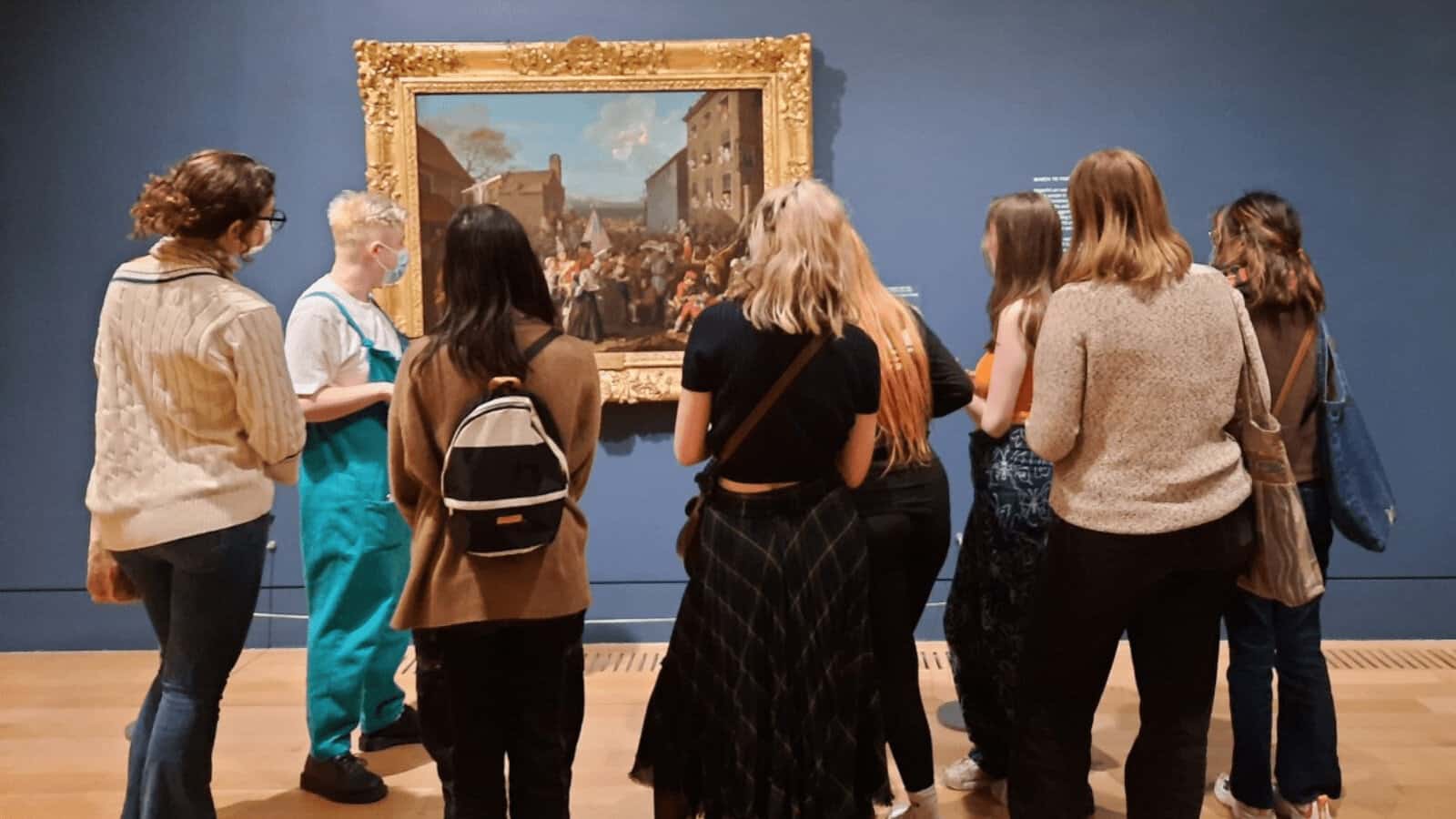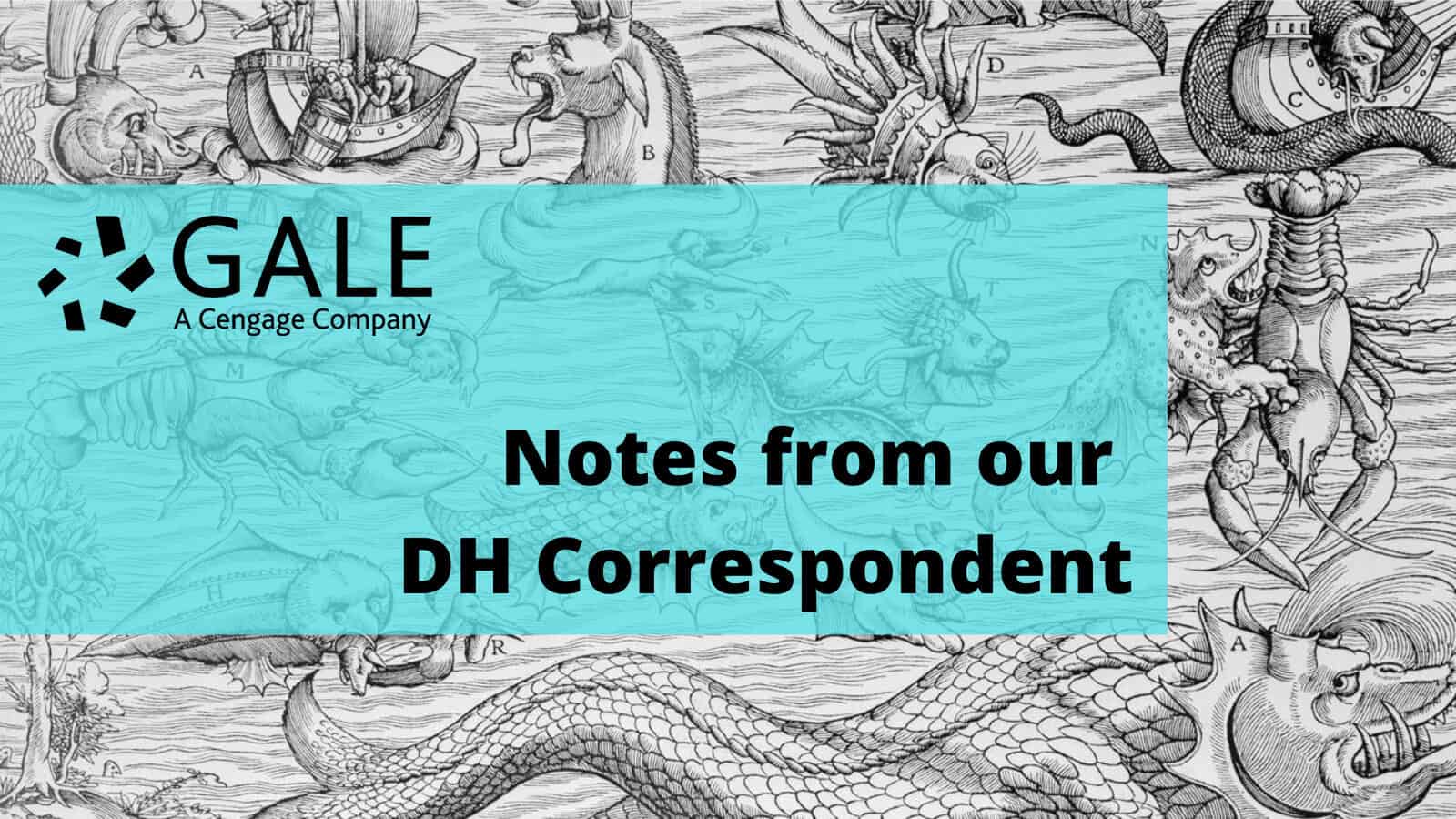│By Grace Pashley, Gale Ambassador at the University of Birmingham│
Learning styles are something every teacher introduced to us at one point or another – a buzz word in revision sessions, and an excuse to take a quiz during lesson time! But what are learning styles and how can we benefit from knowing our own? There are three different types of learning styles: visual, auditory and kinaesthetic (or tactile, movement-orientated) learning. Knowing which group you fit within, and tailoring your studies to best cater for your strengths and weaknesses, can massively impact your overall educational experience.










